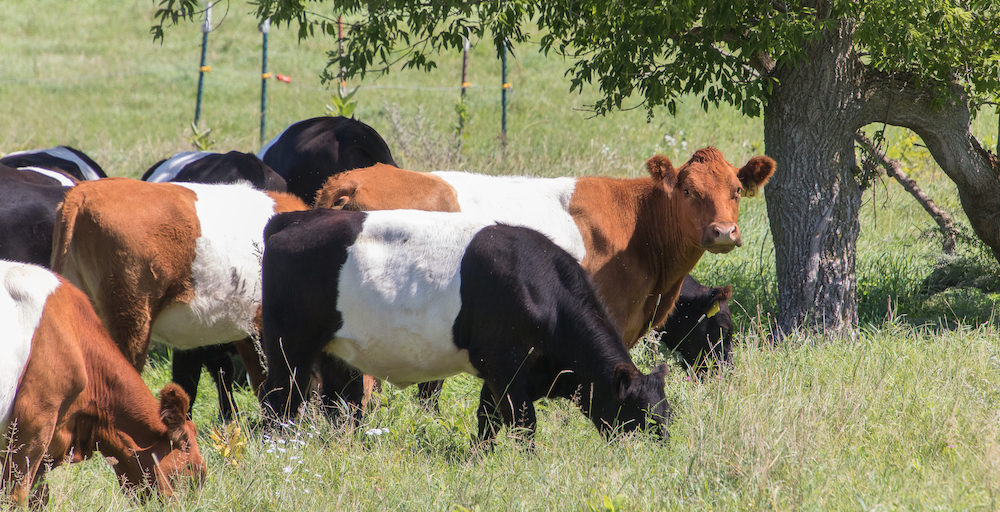Feb. 3, 7:00AM
Last night, before shuffling off to bed, put two baskets of raw dough into the very chilly root cellar for a slow rise. (Could’ve used the frig, but it’s packed right now.) I also set the oven to pre-heat to 500 degrees by sun up this morning.
The snow was still falling horizontally at 11PM, driven by a strong and nasty north wind. A quick flick of the deck light told the tale: sloping drifts packed hard as cement.
The snow fall had started benignly enough yesterday at about noon – big, beautiful flakes swirling over the fields. And although it was falling heavily, I could still see the cows munching on bales of hay on a distant pasture. No more. Over the course of the afternoon and evening, 20+ mph winds built drifts 2 1/2 feet high in some spots, and left bare ice patches here and there. February.
I went to bed knowing I’d have to spend lots of time in the tractor today; first plowing the long driveway, and then clearing pathways across fields and ditches to get hay to the herd. I’d have to fit my bread baking into the needs of the day. It’s why I set the oven to pre-heat. The first loaf is nearly done.
Fortunately, bending the bread-baking process is something I – and you – can do by baking with very wet doughs, and using temperature and time to determine how quickly we want the the dough to rise. We can use these factors – water content, temp and time – to create loaves with crispy crusts and tender crumb (the insides) that are open, airy and delicious. In fact, a goal is big, glossy holes – a sign that the bread had a good, long rise that took full advantage of all the proteins and sugars in the flour.
The second loaf, a nice round boule, is in the oven. 15 minutes to go.
A fresh batch of thick and frothy sourdough starter sits on the counter nearly ready to combine with bread flour, semolina flour and water for loaves I’ll make later today. And then there’s the big bowl of bubbling poolish – another type of yeast mixture – I’ll use to make either ciabatta, focaccia, pizza or some other type of rustic loaves. I’ll slip these starters into the 45-degree root cellar to slow their activity and keep them strong and fresh for baking later today, after I’ve moved some snow.
Baking great hearth breads in your home oven to fit your busy schedule. You can do it, too Sign up and learn how. Hands-on classes Feb. 13 and 20.
8:09AM and the first two loaves are out of the oven. If you listen closely, you can hear the crusts crackling as they cool – it’s called the “bread song.”
Now, to plow.








